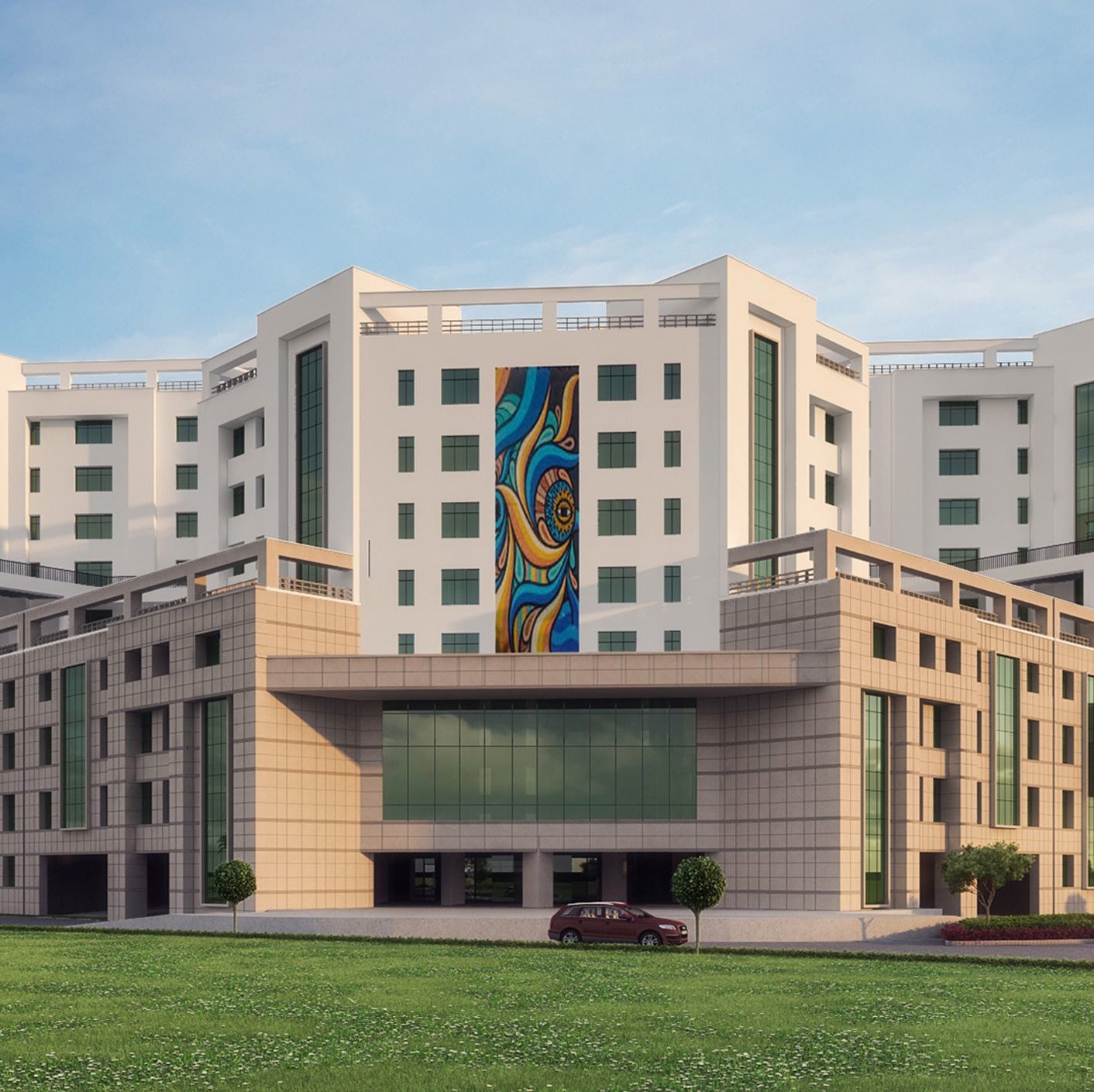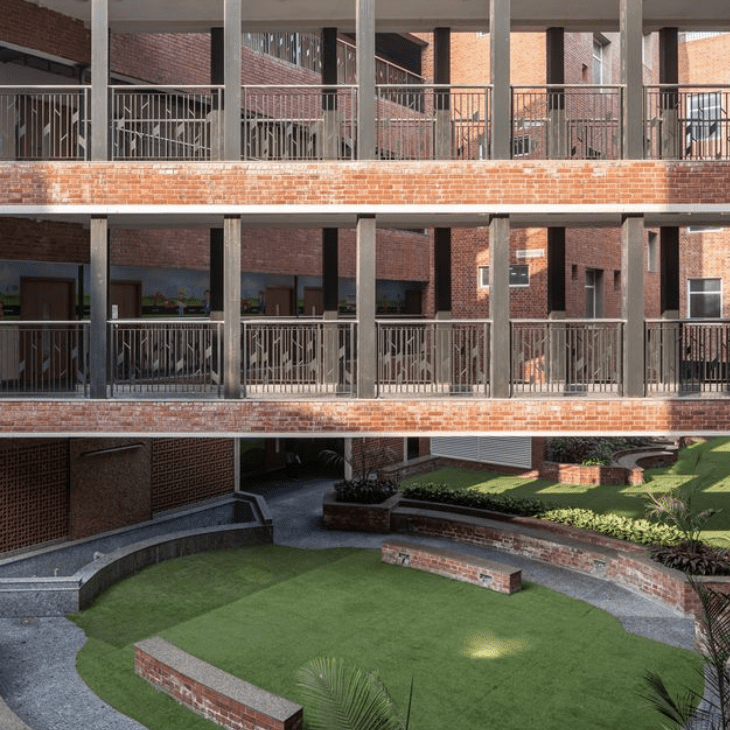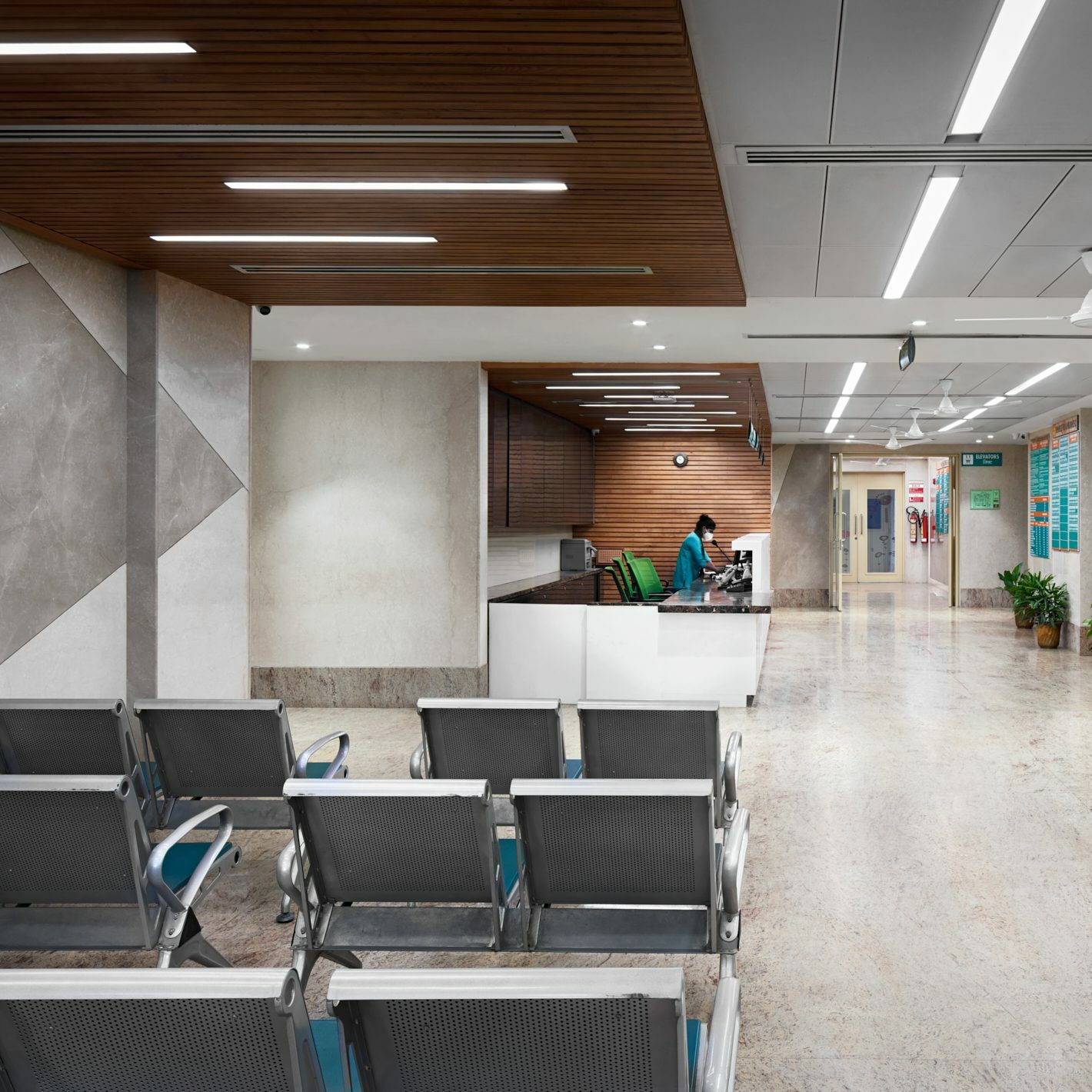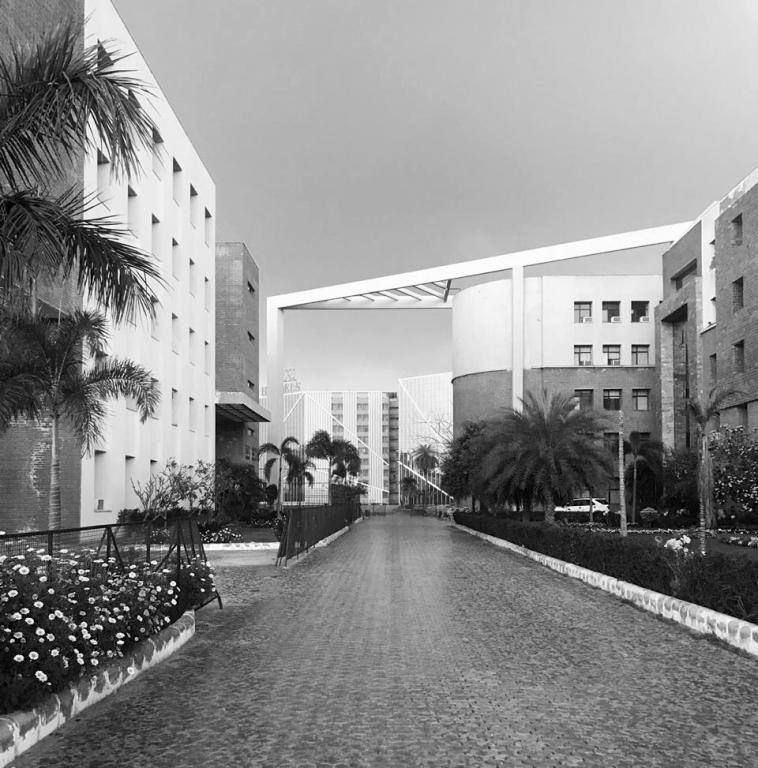Lessons learnt for a better public health system in the upcoming year

A country is made up of its people and a healthy population is a key ingredient in its overall sustained development. A robust healthcare system and access to high quality facilities brings up a population that is holistically healthy, and can contribute positively to society. There are many components to healthcare services, and infrastructure is a crucial one.
Access to good healthcare services is a universal right, and our urban and rural centres must have adequate infrastructure to cater to everyone, everywhere. With an unprecedented public health catastrophe like the COVID-19 pandemic, the gaps in our existing systems were conspicuously brought to the foreground.
It’s become clear that hospital infrastructure in India today needs to cater not only to the burgeoning population but also be ready to tackle the demands of a pandemic like COVID. The reality, which became only more pronounced because of the pandemic, is that there remains a massive gap in the doctor to population ratio, with a doctor to patient ratio of 1:1500. The patient to hospital bed ratio is worse, not helped by the surge of patients during times of crisis. What this presents is an opportunity to rethink how we plan healthcare infrastructure, especially for a rural population that forms a majority of our country. The need of the hour is more professionals to cater to the masses, which inevitably means setting up more medical colleges. The shortage of trained professionals does not just pertain to doctors, but also trained nursing staff, that ensures the day-to-day functioning of a hospital. This shortage could be addressed through attaching medical colleges to existing government healthcare centres, setting up training facilities as a compulsory add-on to existing medical colleges, etc.
Another massive gap that became more pronounced in the wake of COVID was the bias of the healthcare system, with nearly 75% of health resources and services concentrated in urban areas. Studies have found that only less than half of people living in rural areas have access to healthcare facilities within a 5km radius. The lack of trained doctors and professionals is a need felt more profoundly in these areas. A practical solution could be the setting up of grassroots facilities like anganwadis, mohalla clinics and dispensaries, not only allowing the rural population easier access to primary healthcare, but also promoting community health by creating awareness about health-related issues at a grassroot level. This would further help alleviate the burden of health centres in urban areas.
The crisis of healthcare infrastructure is one that concerns not only policymakers but architects and planners as well who can contribute to the efficiency of the system through better hospital design. While the larger picture issues are manifold and may be addressed through government incentives and on a policy level, better healthcare is also achieved through well designed hospital spaces that focus on improving natural light, indoor air quality, and a visual connection with nature in order to promote healing and well-being. Such planning strategies help in creating an environment that is not only conducive to healthy recovery, but also calming and stress-free for patients, visitors and caregivers alike.
It’s time that we rethink how our hospitals are designed to create a revolution in how healthcare is delivered. We need hospital systems that are self-sufficient so that they may function efficiently, like addressing the requirement of accessible medical grade oxygen by making on-site plants mandatory in all hospitals. Innovative ideas like telemedicine, remote access to primary care, and human-centric designs to ensure holistic wellness can be prioritised and explored. Adopting green practices in hospitals such as solar power, water recycling plants and other energy saving technologies ensures that hospital design is not only efficient, but also sustainable and cost effective. Healthcare architecture needs to bear in mind the environment, how we can offer the best services to the community while thinking about the future of the planet.



